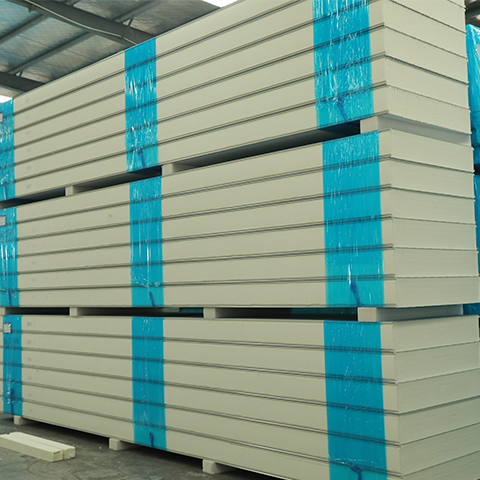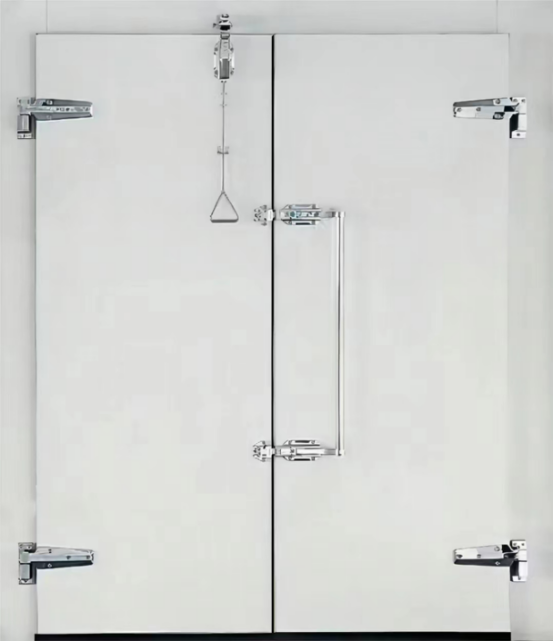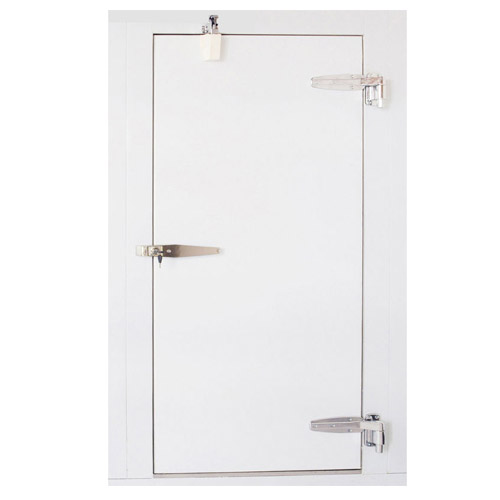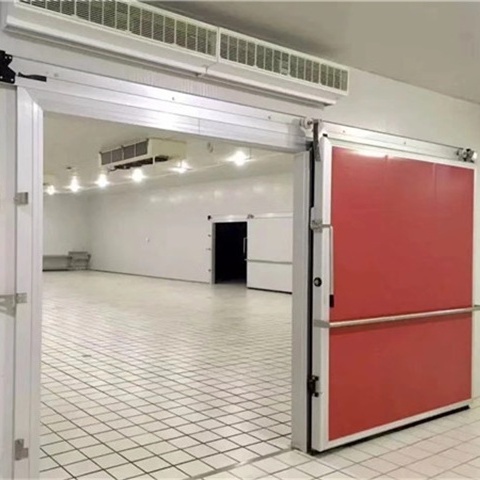As a core facility for preserving food and fresh produce, the size and shape of a cool store directly impact storage efficiency, energy costs, and preservation effectiveness. Planning should consider actual needs, space constraints, and operational factors. This helps avoid overinvestment or compromised functionality. The size of the cold storage should match inventory volume and turnover rate. Meanwhile, the shape should optimize airflow and ease of operation to ensure an economical and practical overall design. A well-designed layout in your cool store can improve preservation performance and reduce long-term maintenance burdens.

Key factors affecting the size of fresh cold storage
The size of the fresh-keeping cold storage is mainly determined by the storage capacity requirements.
First, assess inventory volume: This includes product types (e.g., fruits and vegetables, meat) and maximum storage capacity. These factors directly impact warehouse volume. For example, a high-turnover fresh food store requires more space. This space accommodates the frequent inflow and outflow of goods, ensuring your cool store can handle demands.
Second, consider the available building area: The physical limitations of a factory or warehouse may compress the size. Also, aisles and operating areas need to be reserved in the design.
Finally, budget constraints are also critical. Oversizing increases construction costs and energy consumption, while undersizing results in insufficient capacity. Optimizing the size of a fresh-keeping cold storage facility requires balancing these factors to achieve efficient fresh-keeping.
The decisive factors affecting the shape of cool store
The shape design of the fresh-keeping cold storage should focus on airflow efficiency and space utilization. Building layout is key. Irregular sites may require a rectangular or L-shaped cool store structure. This can fit within the existing space while ensuring doors are easily accessible for loading and unloading.
1. In terms of airflow distribution, the shape affects the cold air circulation. For example, a square warehouse is conducive to uniform cooling. It avoids dead corners that lead to uneven preservation.
2. Operational convenience should also be prioritized. A reasonable shape, such as a ramp entrance, can simplify cargo handling and improve work efficiency.
Shape optimization of fresh-keeping cold storage can reduce energy consumption, extend equipment life, and ultimately ensure fresh-keeping effects.
In short, we should design the size and shape of a cold storage facility based on storage requirements, space availability, and cost-effectiveness. Proper planning not only improves fresh-keeping performance but also reduces operational risks and enables sustainable management. Optimizing a fresh-keeping cold storage facility, such as a cool store, is fundamental to the efficient operation of fresh-keeping facilities.
Welcome to inquiry about products related to cold storage, refrigeration unit, and panels.
You also can check our Tiktok, Youtube, Instagram channel for more video show.









